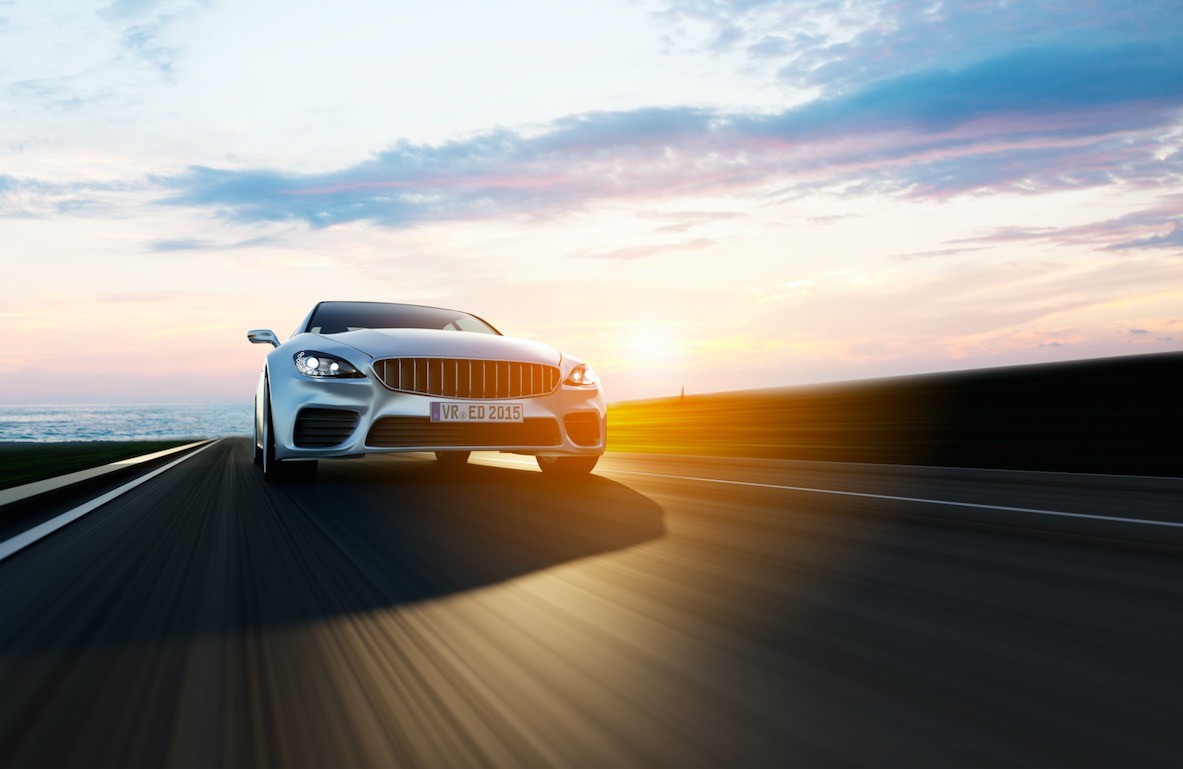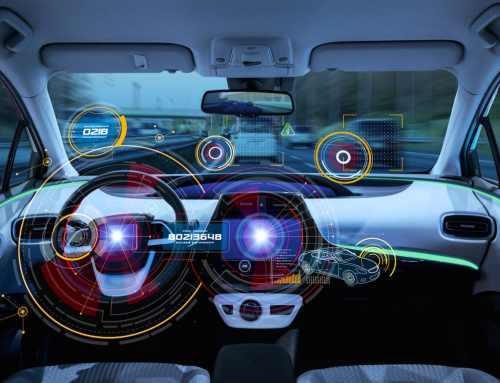Automotive Technology is rapidly evolving.
For most of the 20th century General Motors, Ford, and Chrysler were the biggest companies in one of the world’s most important industries. But as car trends have vastly changed from SUVs and gas guzzlers to economy sized cars and green machines, “Detroit’s Big Three” have seen their sales fall dramatically. On average, their combined sales would amount to about 15 million new cars and trucks per year, but in 2010, sales are projected to be about 11.5 million. Predicting an upswing from the stagnant economy created in 2008 and 2009, sales for 2011 are predicted to be about 13 million cars and trucks.
Opportunities and Challenges
Detroit’s Big Three are not the only car manufacturers who have been in trouble: Toyota had to recall more than 10 million vehicles worldwide in 2010, which dropped them from second to third place in sales behind Ford and GM. Changing car trends coupled with the economic downturn in 2008 gave CEOs in the Automotive Sector more reason to rethink their strategies.
But the automotive is not without hope; there are signs of improvements with car companies introducing new technologies that will make driving easier and better for the environment. Some 2011 car models will start using “stop-start” technology. This innovation shutdowns the engine when the car is stopped briefly (stop light, backed up highway, etc.) and then restarts the engine when the driver touches the accelerator pedal. The “stop-start” technology’s goal is to increase overall fuel economy and reduce pollution.
US Hispanic Automotive Market
Another interesting trend in the automotive industry has been increased market segmentation by companies like Buick, who have created a niche in the Hispanic Market – through which they have increased sales by 83% in the past year. Several popular car brands: Buick, Chevrolet, Hyundai, Mazda, KIA, Cadillac, and Infiniti, are showing signs of continued growth within the Hispanic market. Detroit’s Big Three are falling behind in niche categories as they have generally tended to market to a broader audience. European brands have not been much better in increasing their sales to Hispanic consumers, but Volkswagen, MINI, and BMW are leading the leading the way into these growing niche markets by stepping up their marketing efforts. On the other hand, Audi has increased their sales to Hispanics over the past year by 23.4%.
Asian Automobiles
Asian brands are also benefiting from sales in niche car categories as they now account for more than 60% of the Hispanic market. Specifically, Asian brands Toyota, Honda and Nissan are dominating new vehicle preferences among Hispanics in the U.S. In 2010, the Hispanic automotive market increased by over 6.0% in the U.S, which is outpacing the national average of the U.S. Auto market, which only grew 4% through the first 9 months in 2010. Hispanic car purchases now account for 8.7% of the total U.S. vehicle market.
Automotive Technologies and Models
BMW and Mini are leading the way in the automotive sector for more innovative technology to become standard in luxury vehicles. Technology that is being introduced by these companies with their 2011 models is focused on their consumer’s preferences in parking, safety, and satisfaction. The 2011 Mini Countryman features the Central Rail System, replacing the usual console; it offers specifically designed holders for your cups, mobile devices, audio devices, and other common items. Mini’s typical small frame has been elongated and now offers generous leg room for all different drivers as well as a larger trunk space (12.2″“15.4 cubic feet and 41.0 cubic feet with the back seats folded down).
The BMW X3 is now in its second generation (first generation (2004-2010) and has gone high tech by offering such entertainment features as USB Interface, Bluetooth Audio Streaming, and their Navigation and Entertainment Server. BMW has also gone to great lengths to improve the driver’s control when parking or at crowded intersections. The rear view camera shows the driver what’s behind the car on the iDrive screen (displayed on the central console – to be used when backing up and maneuvering into tight spots), while beeping to alert the driver of a safe parking distance. The “Top View” camera uses side and rear view camera to give the driver a bird’s eye view of the X3 and its surroundings.
The BMW 6 series Convertible features “Run-Flat Tires.” These self-sustaining tires with integrated reinforcements allow tires that have a loss of air pressure to maintain their shape and full driving use. In fact, the driver can drive on a Run-Flat Tire for up to 150 miles at reduced speeds, making conditions for changing a tire or waiting for roadside assistance much more convenient for the driver. On select models, BMW is also offering “Night Vision,” which integrated BMW’s amazing system visual support system to see pedestrians or animals up to 300 yards ahead of the car – in the dark! By activating an infrared camera built into the front of the BMW, drivers will be able to see monitor potential road hazards displayed on your navigation system monitor, and avoid them well before they are visible to the naked eye.






